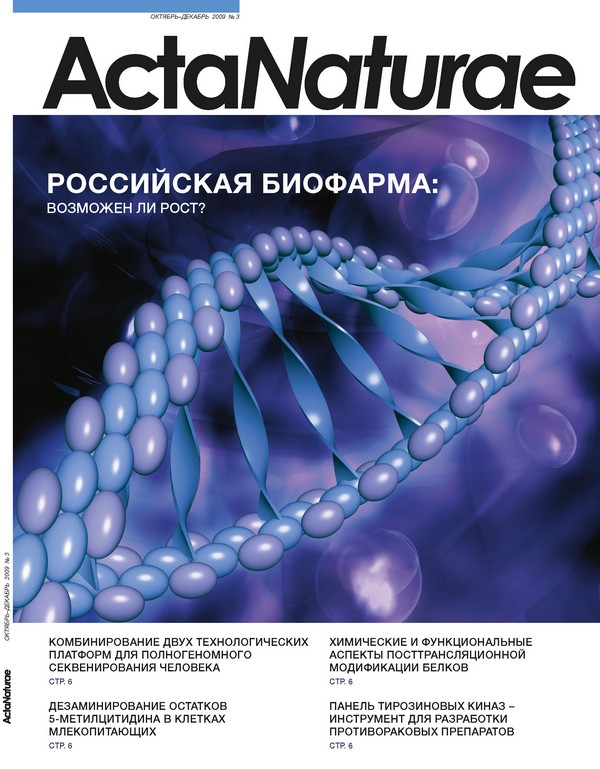Abstract
Studies of ancient DNA specimens started 25 years ago. At that time short mitochondrial DNA (mtDNA) fragments were the main targets in ancient DNA studies. The last three years were especially productive in the development of new methods of DNA purification and analysis. Complete mtDNA molecules and relatively large fragments of nuclear DNA are the targets of ancient DNA studies today. Ancient DNA studies allowed us to study organisms that went extinct more than ten thousand years ago, to reconstruct their phenotypic traits and evolution. Ancient DNA analyses can help understand the development of ancient human populations and how they migrated. A new evolutionary hypothesis and reconstruction of the biota history have been re-created from recent ancient DNA data. Some peculiarities and problems specific to the study of ancient DNA were revealed, such as very limited amounts of DNA available for study, the short length of the DNA fragments, breaks and chemical modifications in DNA molecules that result in “postmortem” mutations or complete blockage of DNA replication in vitro. The same specific features of DNA analysis were revealed for specimens from complicated forensic cases that result in the lack of experimental data or interpretation problems.. Here, we list the specific features of ancient DNA methodology and describe some achievements in fundamental and applied research of ancient DNA, including our own work in the field.







